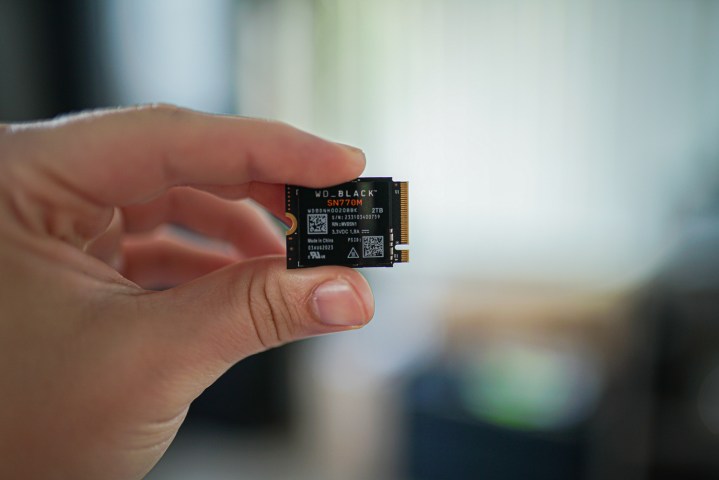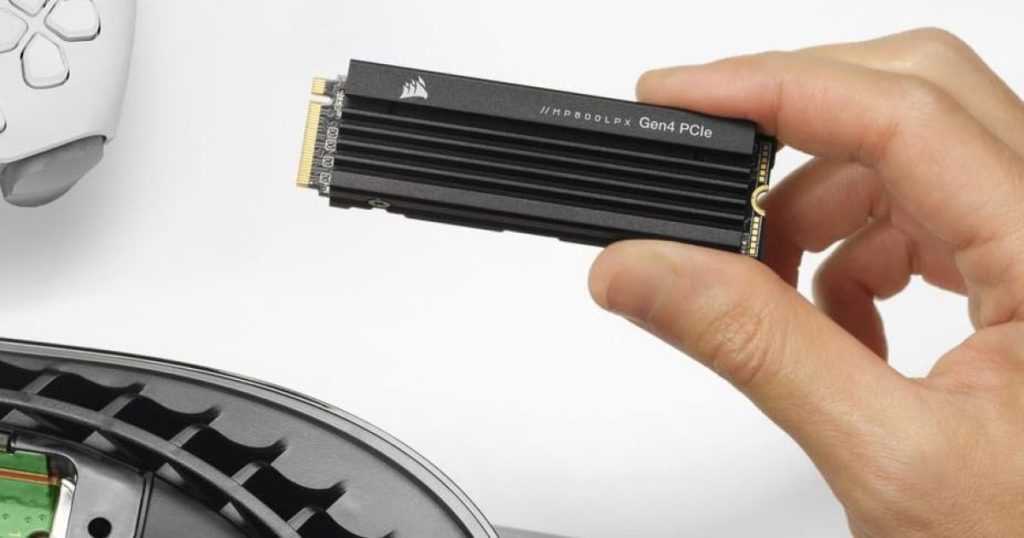If you’ve come across the term SSD and are curious to know more about it, SSD stands for solid-state drives. They have become the go-to storage medium for modern desktop PCs, laptops, gaming consoles, tablets, and portable gaming systems.
SSDs offer higher bandwidth, lower latency, reduced power consumption, and increased durability compared to traditional hard drives. They are also more compact, lightweight, and cost-effective than ever before.
So, what exactly is an SSD? Let’s delve into how this technology functions and where it is predominantly used.
What is a solid-state drive?
Unlike traditional hard drives (HDD), SSDs do not have any moving parts. HDDs use spinning disk platters to access data, while SSDs store data on flash memory chips, similar to smartphones, USB drives, or thin tablets.
Since SSDs do not rely on spinning platters to locate data, all memory chips can be accessed simultaneously, resulting in faster data access. They are relatively easy to install in desktops or as upgrades in laptops.
SSDs are designed differently due to this feature, and they come in various shapes and sizes. While they are more expensive to produce, technological advancements have significantly lowered their costs, making them more accessible today.
While hard drives are more cost-effective for larger capacities exceeding a few terabytes, SSD prices continue to drop, making them a viable option for most standard storage sizes.
SSD advantages

Solid-state drives are the preferred storage solution for a range of devices, from high-performance gaming PCs to entry-level laptops. They offer several advantages over traditional hard drives and eMMC embedded flash memory.
Speed: SSDs deliver exceptional read/write speeds compared to HDDs and eMMCs, making them ideal for transferring large data blocks. Their microsecond-random access times ensure fast system boot-ups and swift data loading for a responsive user experience.
Feature support: SSDs accommodate modern storage technologies like the DirectStorage API needed for certain contemporary games, whereas hard drives lag behind in technology support.
No moving parts: SSDs lack moving components that are prone to failure in hard drives, enhancing their durability and reliability. This makes SSDs suitable for portable drives subject to rough handling.
Mobility: With their compact size and lightweight design, SSDs are perfect for thin laptops, tablets, and other mobile devices, providing high-speed storage in a small form factor.
Low failure rates: SSDs have lower failure rates than HDDs due to material improvements and features like error-correcting code (ECC), ensuring consistent performance throughout their lifespan.
Size and design: SSDs come in various shapes and sizes, fitting into different slots and bays, making them versatile and adaptable to various storage requirements.
Types of SSDs

SSDs come in different shapes, sizes, and interfaces, impacting their speed, storage capacity, and thermal performance.
NVMe: Non-Volatile Memory Express enables fast data transfers for PCI Express and M.2 SSDs, delivering high-speed storage solutions. PCIe 5.0 drives, with speeds up to 14,000 Mbps, are currently the fastest NVMe drives available.
M.2: These compact SSDs with SATA and NVMe controllers offer a good balance between size and performance. They come in various sizes like 2280, 2260, 2242, and 2230, fitting different devices.
PCIe: PCIe SSDs utilize additional bandwidth for rapid data transfers, suitable for high-performance storage systems.

SATA III: SATA III interfaces work with both HDDs and SSDs, offering compatibility with older motherboard connections. Although slower compared to newer interfaces, SATA III continues to be a common option for storage connectivity.


